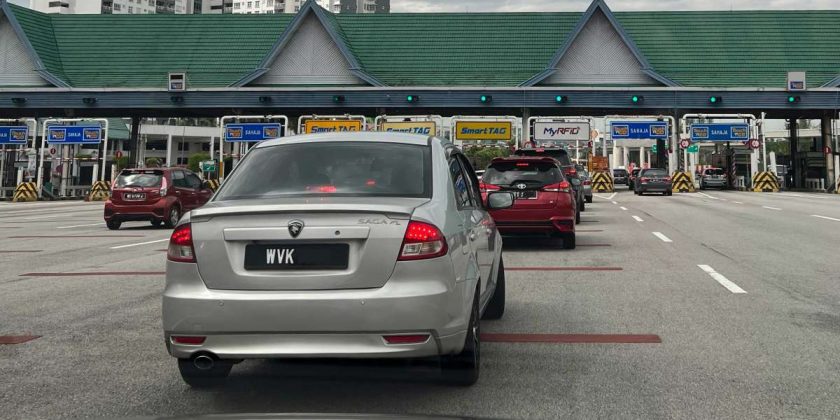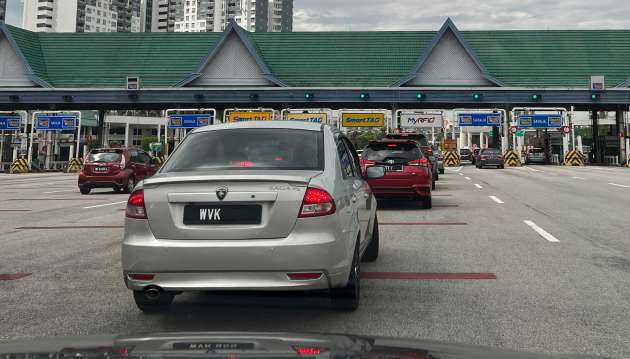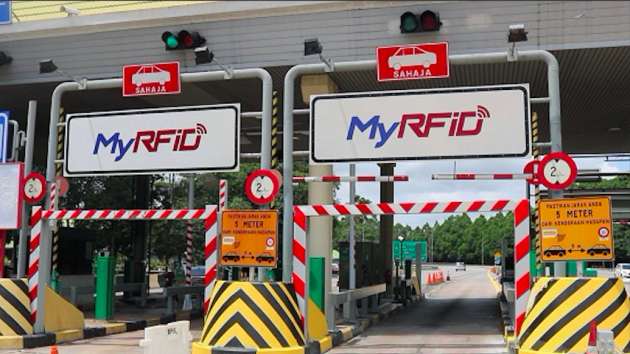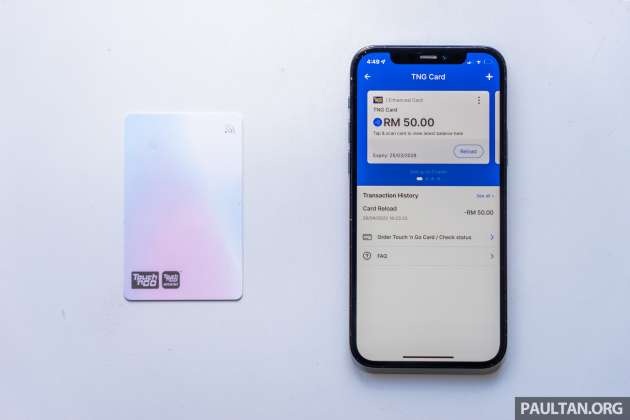In January this year, PLUS Malaysia announced that the North-South Expressway would support toll payments via RFID (radio frequency identification), with Touch ‘n Go and SmartTAG lanes set to be reduced in stages.
Following the rollout on January 15, motorists complained of congestion at toll plazas due to a variety of issues, prompting the Malaysian Highway Authority (LLM) to instruct the highway concessionaire to maintain both TnG and SmartTAG lanes.
In the months since the implementation of RFID on PLUS highways, many motorists have shared their experience using the new toll payment method, with some even offering suggestions on how to improve things.
One such person is Bangi MP Ong Kian Ming, who took to Facebook recently to share his personal experience using RFID. The former deputy minister of international trade and industry also proposed some recommendation on how to improve the toll payment infrastructure in Malaysia moving forward.
According to Ong, he first started using RFID in March 2022 while in Johor, where he noticed that many of the toll plazas in and near Johor Bahru lacked SmartTAG lanes and instead only had TnG lanes and one RFID lane.
“The Touch ‘n Go lanes had long queues especially during peak hours while the RFID lane was generally quite clear. It was very easy to order the RFID Tag via the Touch ‘n Go eWallet app on my phone and it was also very easy to install the tag on my windscreen,” he recalled.
Ong also pointed out the benefits of RFID over SmartTAG, including not having to aim the SmartTAG at the overhead reader; worrying if there’s sufficient balance in the TnG card since RFID is linked to the eWallet and can be easily topped up manually or automatically; not requiring a battery, faster through access (assuming no one gets stuck); not worrying about being too close to the car in front; and having a transaction record, although you can still get this with the TnG card.
He also highlighted some issues he faced like the RFID reader that couldn’t detect the tag if he was driving too fast when approaching the barrier, which apparently happened once in three months of usage.
Another challenge relates to the severely limited number of RFID lanes – one in most instances – making it dangerous to cut across a few lanes to get to the RFID lane, as is the case for him at the Cheras Batu 11 toll. He also said that in situations where the RFID lane is stuck, there’s still a need for a SmartTAG to keep going, which relates to another matter where one might forget that they entered via RFID and exited using SmartTAG or vice versa.
Moving onto proposed improvements, Ong suggested that PLUS, TnG and LLM work together to analyse the traffic data at toll lanes in relation to RFID, TnG and SmartTAG usage to assess their respective efficiencies and to take the necessary corrective actions.
“If PLUS and Touch ‘n Go can show that the speed of traffic flow is significantly faster at RFID lanes compared to the other lanes, this may push more highway users to install the RFID tag and the government target of 60% RFID usage by the end of 2022 may be achieved. Big data analytics at the various toll booths may also help PLUS and Touch ‘n Go identify areas of likely congestion where more assets such as support staff can be deployed to resolve payment problems.” he explained.
Another suggestion is for reminders to be pushed to users when their balance is low – eWallet or regular TnG card – as well as encouraging users to use the automatic top-up function. Ong also referred to our suggestion to allow for a negative balance (Pay Later) charge first to counter the issue of low balances at toll plazas and reminding users to top up their card or e-wallet later.
On a related note, allowing RFID users to link other payment systems beyond just the eWallet is another suggestion. The newly introduced Enhanced Touch ‘n Go card has been long-awaited by many and is proving to be a lot more practical than the legacy version, although it is being sold in limited quantities thus far, which is another thing that Ong hopes will improve.
While private passenger vehicles are typically the focal point when it comes to toll payments, Ong also mentioned commercial vehicles like lorries, buses and other heavy vehicles, which will transition to RFID in 2023. The hope is this can be done sooner as it can help speed up traffic flow at entry and exits points along the NSE which have limited toll lanes.
Lastly, Ong said the works ministry needs to state a clear timeline towards the realisation of a multi-lane free flow (MLFF) system. As it stands, the official word for MLFF is it will be fully implemented by 2025.
Do you agree with Ong’s suggestions, or do you have other ideas on how to improve the toll payment infrastructure in Malaysia? Abolishing tolls completely sounds great but that’s not going to happen anytime soon. Share your thoughts in the comments below.
Source: Read Full Article




